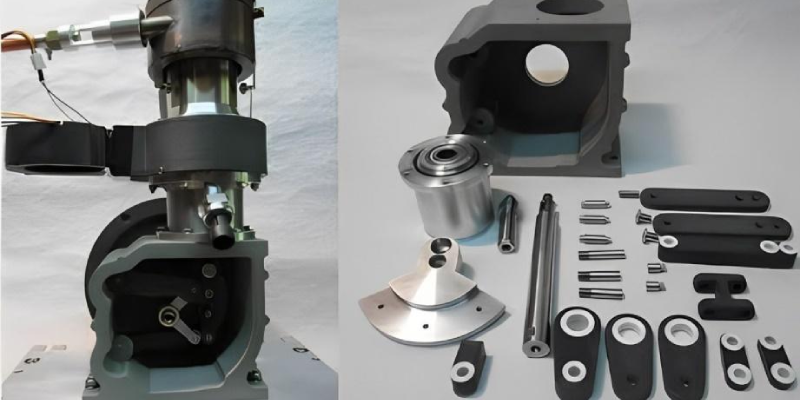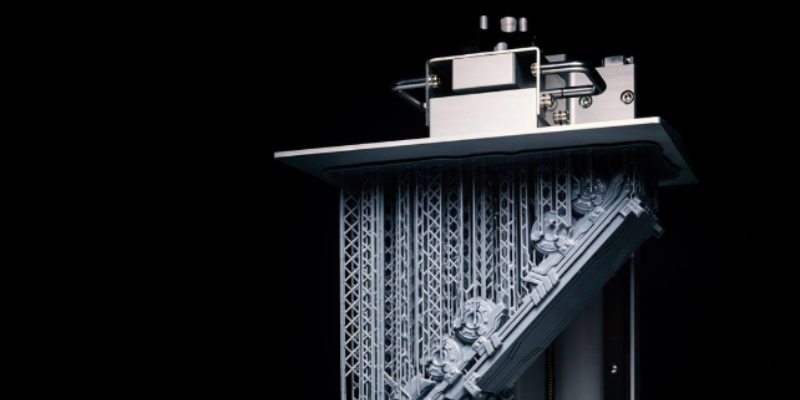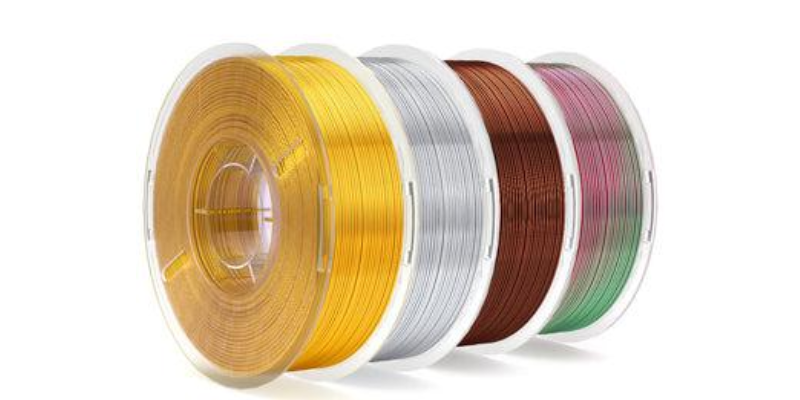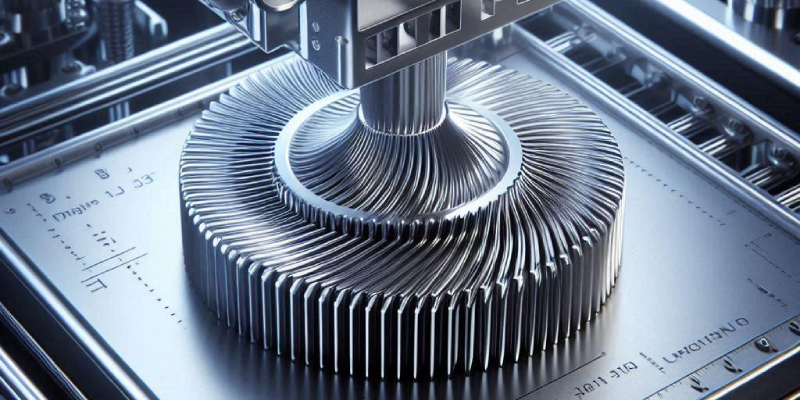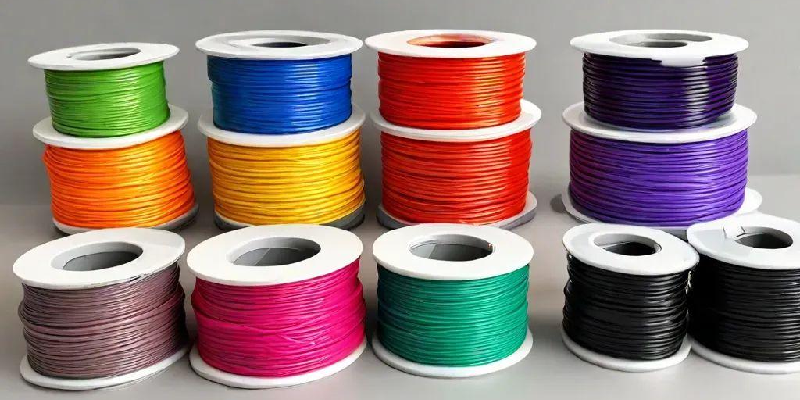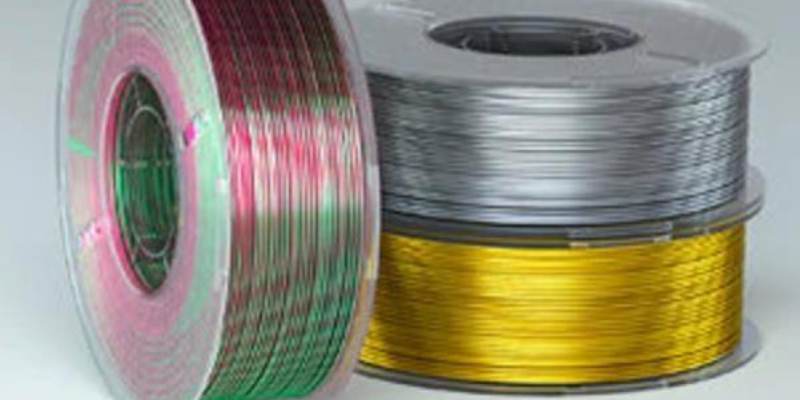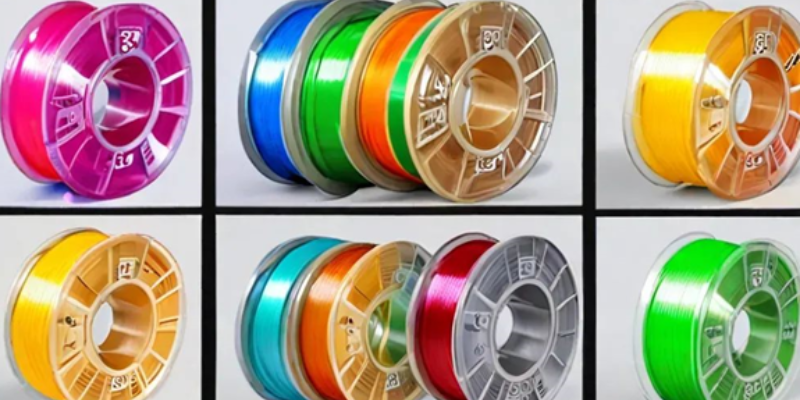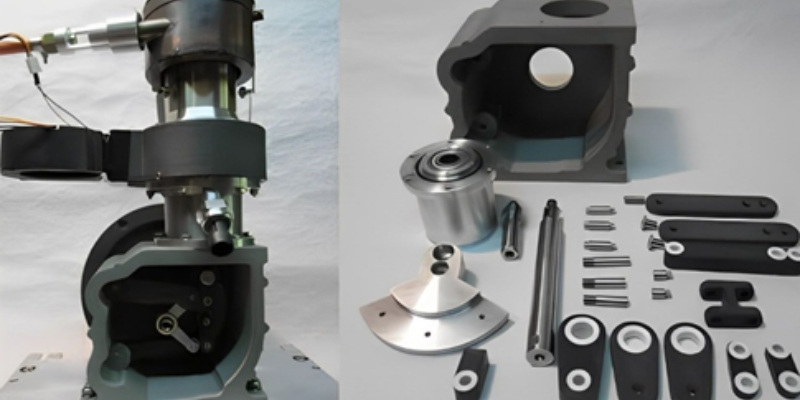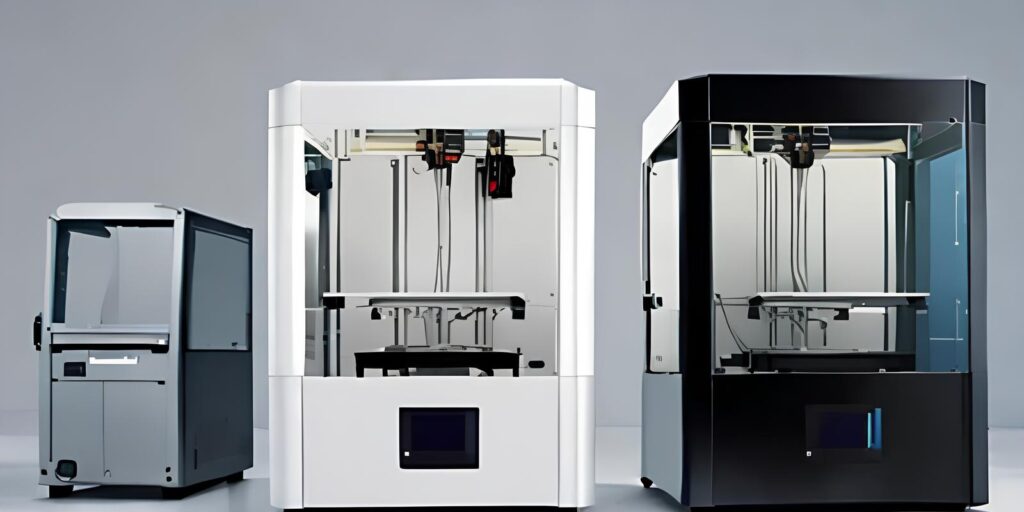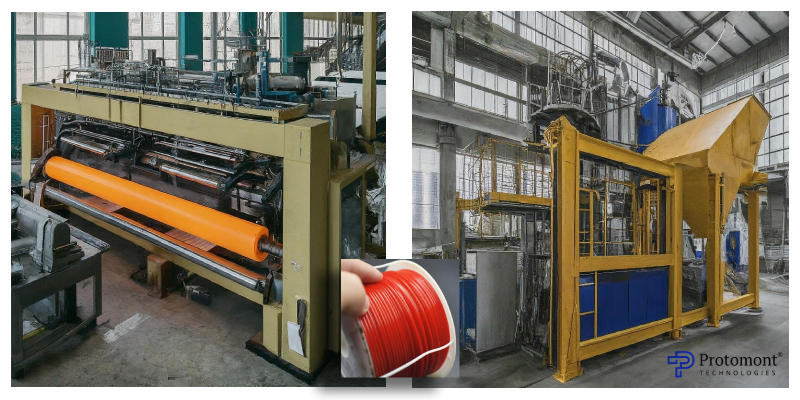
The Amazing Journey of a Tiny Plastic Thread: How 3D Printer Filament is Made (Made in India Edition!)
Imagine a spool of colorful thread, but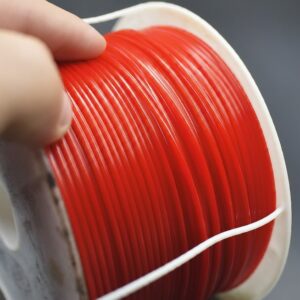 instead of stitching clothes, it builds incredible objects! That's exactly what 3D printer filament is. Let's unravel the story of how this magic thread comes to life, featuring a prominent Indian manufacturer, Protomont Technologies, and their Filamont brand!
instead of stitching clothes, it builds incredible objects! That's exactly what 3D printer filament is. Let's unravel the story of how this magic thread comes to life, featuring a prominent Indian manufacturer, Protomont Technologies, and their Filamont brand!
Act 1: The Birth of Plastic Pellets
Our story begins with raw materials like crude oil. Through complex processing, specific components are extracted and transformed into plastic resin. This resin looks like tiny white or clear pellets, kind of like miniature plastic rice.
Act 2: Heating Up and Adding Spice
These pellets take a trip to a giant machine called an extruder. Inside, they get heated up until they become gooey. This is like melting butter, but for plastic! Here's where things get interesting. Manufacturers can add special ingredients to the melted plastic, like:
- Color Pigments: Imagine adding food coloring to frosting. This gives the filament its vibrant colors.
- Strength Boosters: These are like tiny weightlifting champions for the plastic, making the final object stronger.
- Flexibility Enhancers: These make the filament bend and flex, perfect for creating rubbery objects.
Act 3: Shaping the Thread
The melted, colorful (or not-so-colorful) plastic is then pushed through a tiny hole, like squeezing frosting through a decorating tip. As it comes out, cool water solidifies it, forming a thin, continuous thread – our filament!
Act 4: Quality Check and Showtime!
The filament travels through a laser scanner to ensure it's the perfect size. Finally, it gets neatly wound onto spools, ready to be shipped to you and become the building blocks of your 3D creations!
The Machines Behind the Magic
Several key machines play a role in filament production:
- Extruder: The star of the show, it melts and shapes the plastic.
- Laser Scanner: Ensures consistent filament diameter for smooth 3D printing.
- Winding Machine: Neatly spools the filament for easy use.
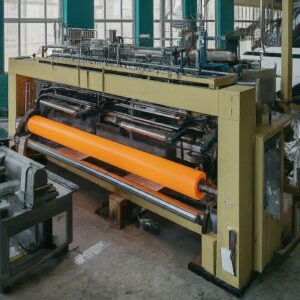
Different Filaments, Different Journeys
The specific process might vary slightlydepending on the type of filament. For example, some filaments made from organic materials like corn starch (PLA) might skip a few steps compared to those derived from petroleum (ABS).
The whirring and clicking of a 3D printer brings to life objects designed on a computer screen. But have you ever wondered about the magic behind this process? The unsung hero of 3D printing is, without a doubt, 3D printer filament. This thin strand of plastic is the building block that transforms digital creations into tangible reality.
But how exactly is 3D printer filament made? This seemingly simple spool of plastic undergoes a fascinating journey before it reaches your printer. Let's delve into the world of 3D printer filament manufacturing and explore the steps that bring this essential material to life.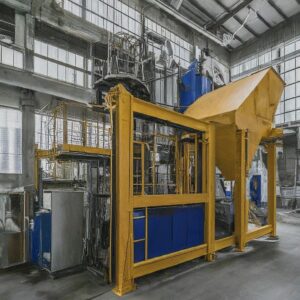
From Raw Material to Resin Pellets
The story of 3D printer filament begins with the creation of plastic resin. Crude oil, the primary source for most plastics, undergoes a complex refining process. During this process, various components are separated, with naphtha being a crucial element for many 3D printing filaments. Naphtha, along with catalysts and other chemicals, undergoes a polymerization reaction within a reactor. This reaction essentially links simple molecules together, forming long chains – the building blocks of plastic.
The resulting polymerized product is then compounded. This involves melting the plastic and mixing it with various additives to achieve specific properties. For instance, pigments are added to create colored filaments, while other additives can enhance strength, flexibility, or heat resistance. Finally, the compounded plastic is extruded and chopped into small, cylindrical pellets – the foundation for our 3D printer filament.
The Power of Extrusion: Shaping the Filament
The plastic pellets then embark on a transformation journey within a filament extruder. This machine, essentially a giant version of a hot glue gun, plays a pivotal role in shaping the filament. The pellets are fed into a heated chamber within the extruder, where they melt into a viscous liquid. This molten plastic is then forced through a precisely sized die, shaping it into a continuous filament strand.
version of a hot glue gun, plays a pivotal role in shaping the filament. The pellets are fed into a heated chamber within the extruder, where they melt into a viscous liquid. This molten plastic is then forced through a precisely sized die, shaping it into a continuous filament strand.
Precision is Key: Maintaining Consistent Diameter
Maintaining a consistent filament diameter is crucial for successful 3D printing. Even minor variations can lead to printing issues. To achieve this consistency, the pulling force applied to the molten plastic as it exits the die plays a vital role. This pulling force, along with the speed at which the filament is drawn, determines the final diameter, typically 1.75mm or 2.85mm for most hobbyist 3D printers.
Cooling and Coiling: The Final Touches
Once the filament exits the die, it enters a cooling stage. This stage typically involves a water bath, which rapidly cools the molten plastic and solidifies the filament strand. The precise temperature control of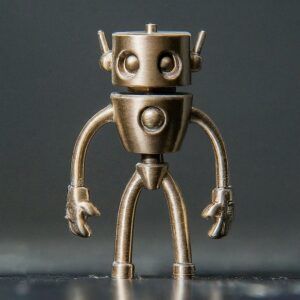 this bath ensures the filament maintains its desired shape, resulting in a smooth and round cross-section.
this bath ensures the filament maintains its desired shape, resulting in a smooth and round cross-section.
Finally, the cooled filament is spooled. The spooling system measures the filament's diameter to ensure consistency and neatly winds it onto a spool. Once spooled, the filament undergoes quality control checks before being packaged and shipped, ready to bring your 3D creations to life.
Beyond the Basics: Exploring Specialty Filaments
The world of 3D printer filament extends far beyond the standard PLA (polylactic acid) or ABS (acrylonitrile butadiene styrene) filaments commonly used in hobbyist printing. With advancements in technology, a vast array of specialty filaments has emerged, each offering unique properties and applications.
For instance, metal filaments allow you to print objects with a metallic finish, while wood filaments create objects with a realistic wood-like texture. Filaments with conductive properties enable the creation of functional electronic circuits within printed objects. The possibilities are truly endless!
The Heartbeat of 3D Printing
3D printer filament may seem like a simple component, but it is the very foundation of the 3D printing process. From its humble beginnings as raw plastic resin to its transformation into a precisely formed filament strand, the journey of 3D printer filament is a testament to human ingenuity and technological marvel. So, the next time you fire up your 3D printer and witness the magic of creation unfolding, take a moment to appreciate the unsung hero – the 3D printer filament – that makes it all possible.

